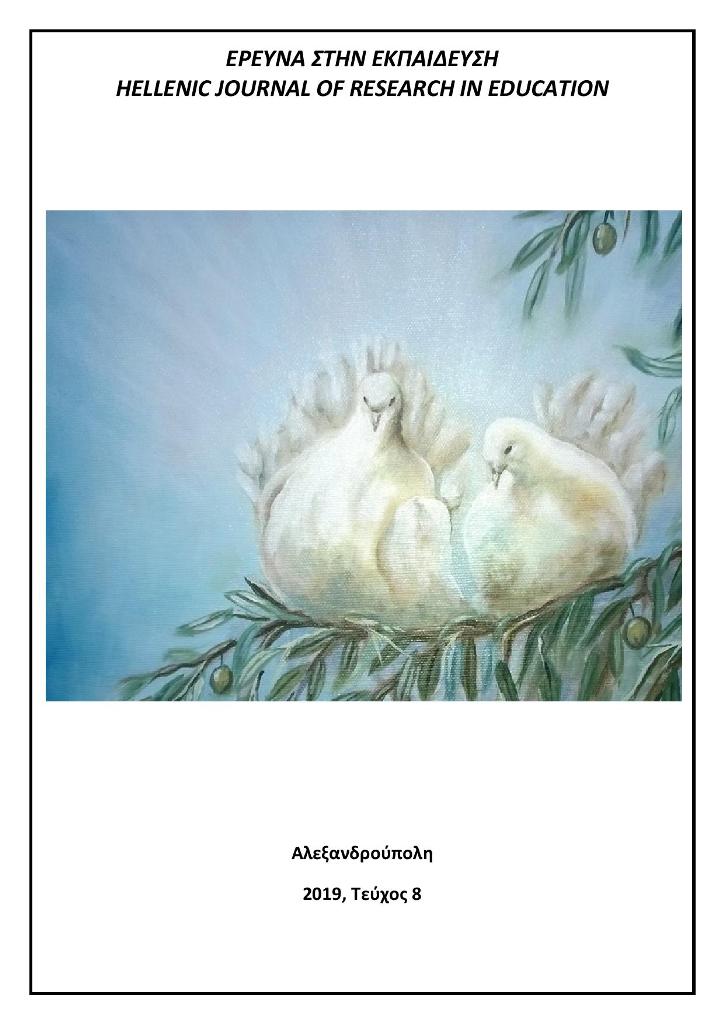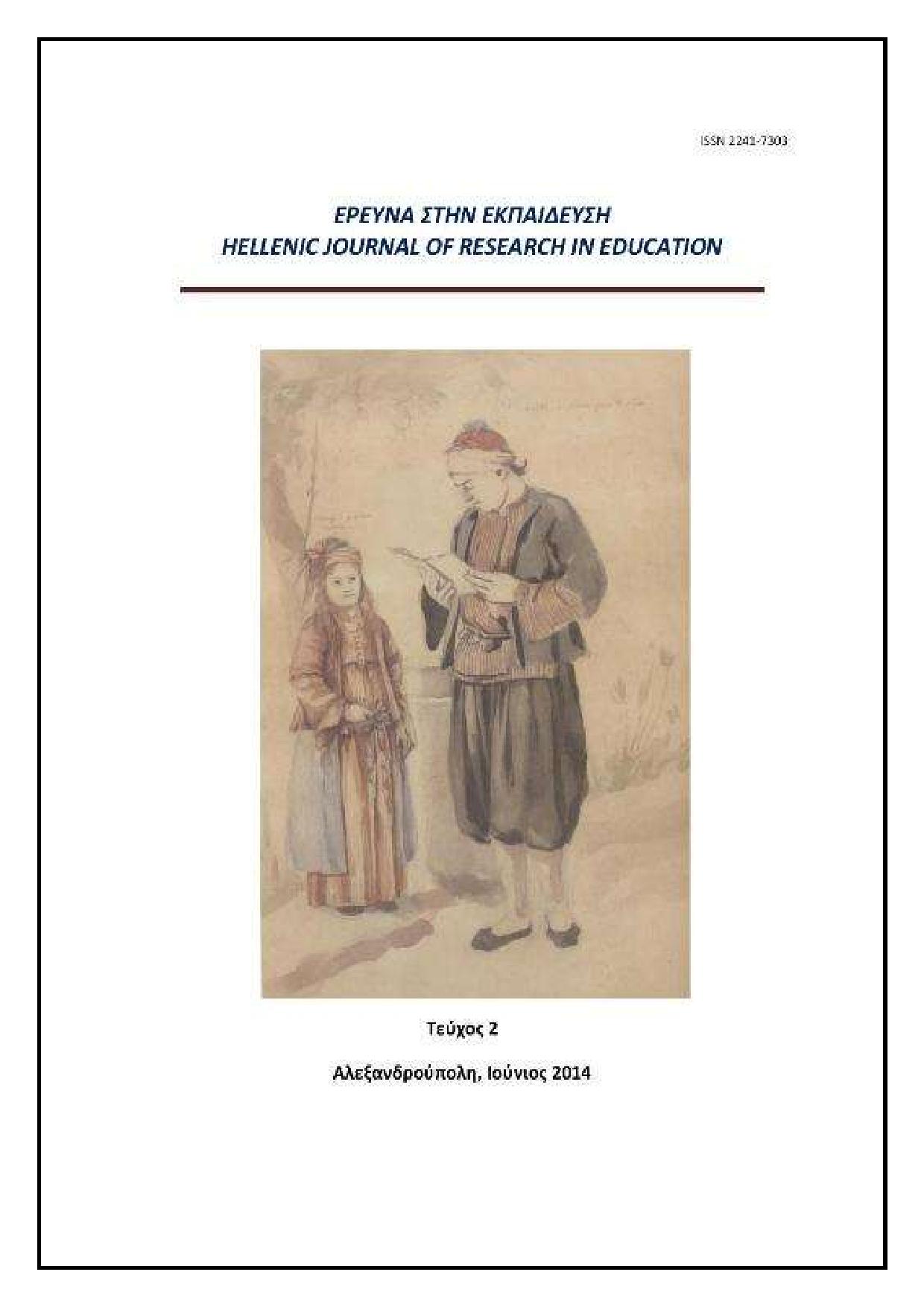Ο ρόλος του υποστηρικτικού πλαισίου στην ανάπτυξη του σχολικού εκφοβισμού: Μία οικοσυστημική προσέγγιση

Περίληψη
Σύμφωνα με τα προγράμματα διεθνούς αξιολόγησης των μαθητών, τις τελευταίες δεκαετίες παρατηρείται αύξηση των επιπέδων σχολικού εκφοβισμού (bullying) στα ελληνικά σχολεία. Σκοπός της παρούσας έρευνας είναι να εξετάσει την επίδραση των υποστηρικτικών πλαισίων/ περιβαλλόντων στην ανάπτυξη του σχολικού εκφοβισμού στα ελληνικά σχολεία. Αξιοποιώντας τα δεδομένα Ν= 4.141 μαθητών Πρωτοβάθμιας και Δευτεροβάθμιας εκπαίδευσης, διερευνήθηκε η επίδραση του υποστηρικτικού πλαισίου των συμμαθητών, των φίλων και της οικογένειας, καθώς και του κοινωνικο-οικονομικού υποβάθρου της οικογένειας στο σχολικό εκφοβισμό (κυβερνοεκφοβισμό και παραδοσιακό). Τα αποτελέσματα των μοντέλων δομικών εξισώσεων (SEM) έδειξαν πως μόνο τα υποστηρικτικά πλαίσια των συμμαθητών, των φίλων και της οικογένειας είχαν στατιστικά σημαντική επίδραση στον εκφοβισμό, μειώνοντας, έτσι, τα αντιλαμβανόμενα επίπεδα αυτού. Συμπερασματικά, προκρίνεται μια οικοσυστημική θεώρηση τόσο της ανάπτυξης, όσο και της αποδυνάμωσης του σχολικού εκφοβισμού. Εκπαιδευτικές και ψυχολογικές προεκτάσεις των ευρημάτων αυτών συζητούνται διεξοδικά.
Λεπτομέρειες άρθρου
- Πώς να δημιουργήσετε Αναφορές
-
Κατσαντώνης Ι. Γ., Ασημακοπούλου Ε., & Φρούντα Μ. (2021). Ο ρόλος του υποστηρικτικού πλαισίου στην ανάπτυξη του σχολικού εκφοβισμού: Μία οικοσυστημική προσέγγιση. Έρευνα στην Εκπαίδευση, 10(1), 52–64. https://doi.org/10.12681/hjre.25998
- Τεύχος
- Τόμ. 10 Αρ. 1 (2021)
- Ενότητα
- Άρθρα

Αυτή η εργασία είναι αδειοδοτημένη υπό το CC Αναφορά Δημιουργού – Μη Εμπορική Χρήση – Παρόμοια Διανομή 4.0.
Τα πνευματικά δικαιώματα των άρθρων του περιοδικού ανήκουν στους συγγραφείς. Τα άρθρα διατίθενται με άδειες Creative Commons CC-BC-SA 4.0




